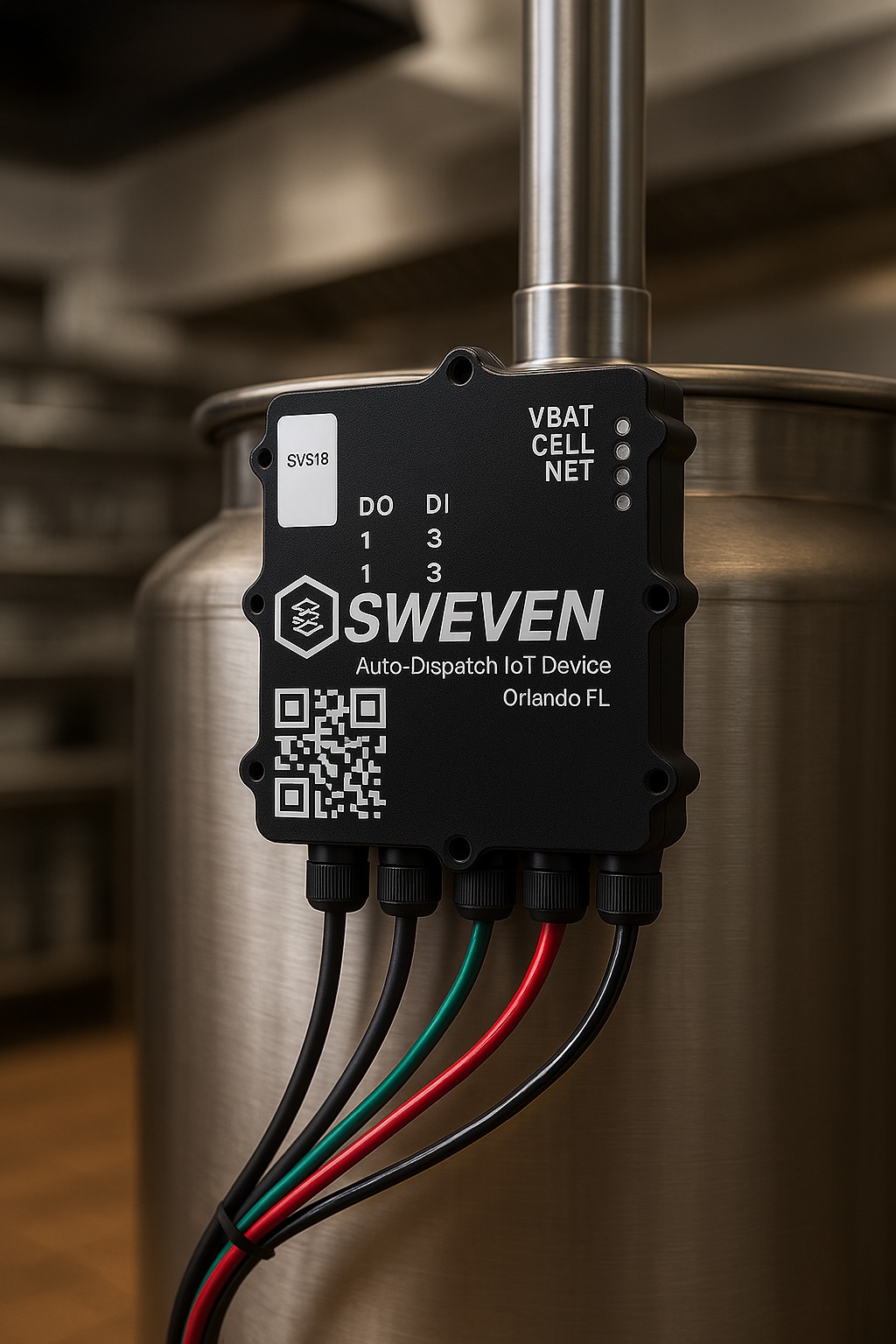When a Client entrusts us with a project or task, they expect to be in the loop on the overall progress and assurance that it will be delivered on time.

It gets complicated if there is no system in place to provide quick and accurate reporting, or if the work is so vast that a single call or meeting can’t cover every question.
This is true for any industry and trade. For instance, if renovations are being performed at your house, you’d like to know when you can move back and verify that your requirements are being met.
When we work on a large project, such as recurrent maintenance for a facility or when renovating a building with multiple units, this gets complicated, as keeping track of individual items and then putting together the information to provide a full picture for reporting.
Sweven can provide both a full overview of the tasks in a project and zoom into single items, each one with built-in communication tools and direct reach to your Clients.
How to use Sweven to keep your Clients in the loop.
Send email updates on specific tasks directly from a Work Order.
Sweven features an integrated communication tool called Notes. Notes are more than the equivalent of a Post-it, as they can be sent via email, displayed inside of a Work Order for your team, Vendor, and Client, and notified directly in Sweven using name tagging.
When a note is created, you can Tag a Client to notify them of progress or to post an update that can include pictures or documents, even the homeowner’s approval signatures using the Sweven mobile app.

This Note and its Tag will be recorded in the Work Order, letting your team know an update has been posted and also, the Client will be notified with an email, specifying the Work Order this Note relates to and the text included in it.

You can also re-send a Note as an email later on, to remind or update a Client on this topic.

Grant Clients access to a dedicated Client Portal for live monitoring and communication.
Clients can monitor the progress of their Projects using the Sweven Client Portal. This Portal displays all Work Orders being worked on for them, sorted by Status.
Using this tool, they can immediately get a sense of the current progress of the whole project.

Using this example, you can see that there are currently 7 items in progress, 9 scheduled to be performed, and 4 completed tasks.
If they want to know the specifics of a task, they can click on any of the Work Orders listed.
In this view, they can survey and verify all information about the work, including the ETA, Priority, and the specific date and time when Completed,

With this tool, your Clients no longer need to reach out on a call or email to know about this information. They can access it at any time, anywhere, and post an update in the form of a Note.
You can find more information on how the Client Portal works and how to create a user for your Clients below.
Making Notes visible for Clients and allowing them to post updates directly.
Clients can read the Notes left on a Work Order by you, a Technician, or a Vendor, as long as you make them visible to them.

As you can see, any user collaborating in this Work Order can post a Note and you can make it visible for any of them, allowing for full control of the information workflow and compartmentalizing specific processes, such as reporting or billing.
Divide your tasks into Projects and Subprojects.
While a Client can grant you a single Project to work on, such as the recurring maintenance of a facility, your work can expand into other Sites or Trades.
It can be useful to divide each one of these large clusters into Projects. Projects allow you and your Clients to manage and monitor them individually or to see the full progress of all the work they need to be done.
Dividing by Project is easy: simply create a new Project in List Manager/Projects and when creating a Work Order, select it from the dropdown option.

Your clients can then access the Client Portal to access live information on this Project and its progress, deadlines, and specifics.

You can find an article on how to manage a Project using Sweven.
With these tools combined, your Clients can access up-to-the-minute information on the status and specifics of tasks and projects, and be notified by anyone involved in them in seconds, without the need for calls, emails, or elaborate reporting, saving on time and labor.
We’d love to know how this process of updating and notifying your Clients can improve your operation, let us know in the comments!







